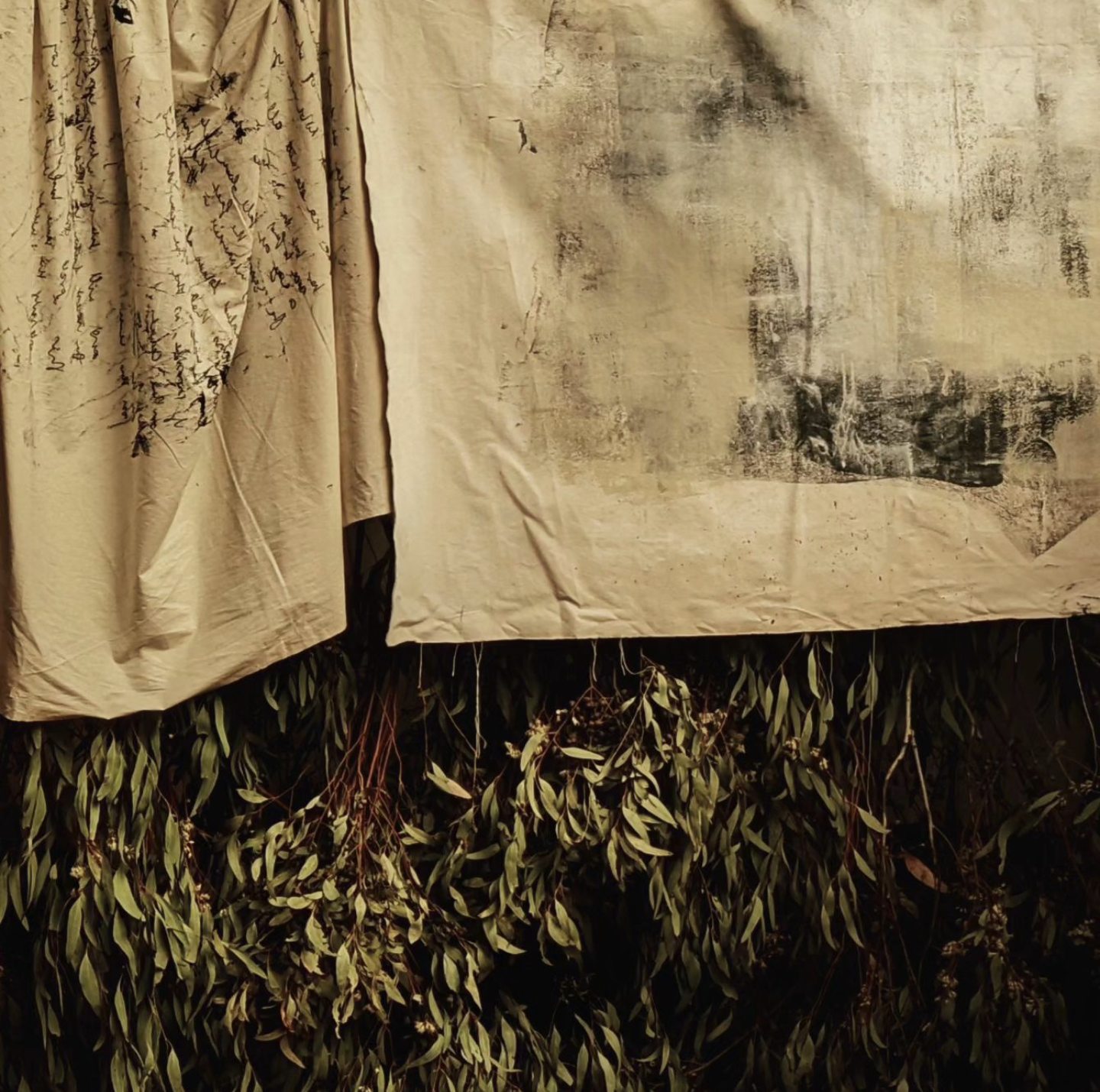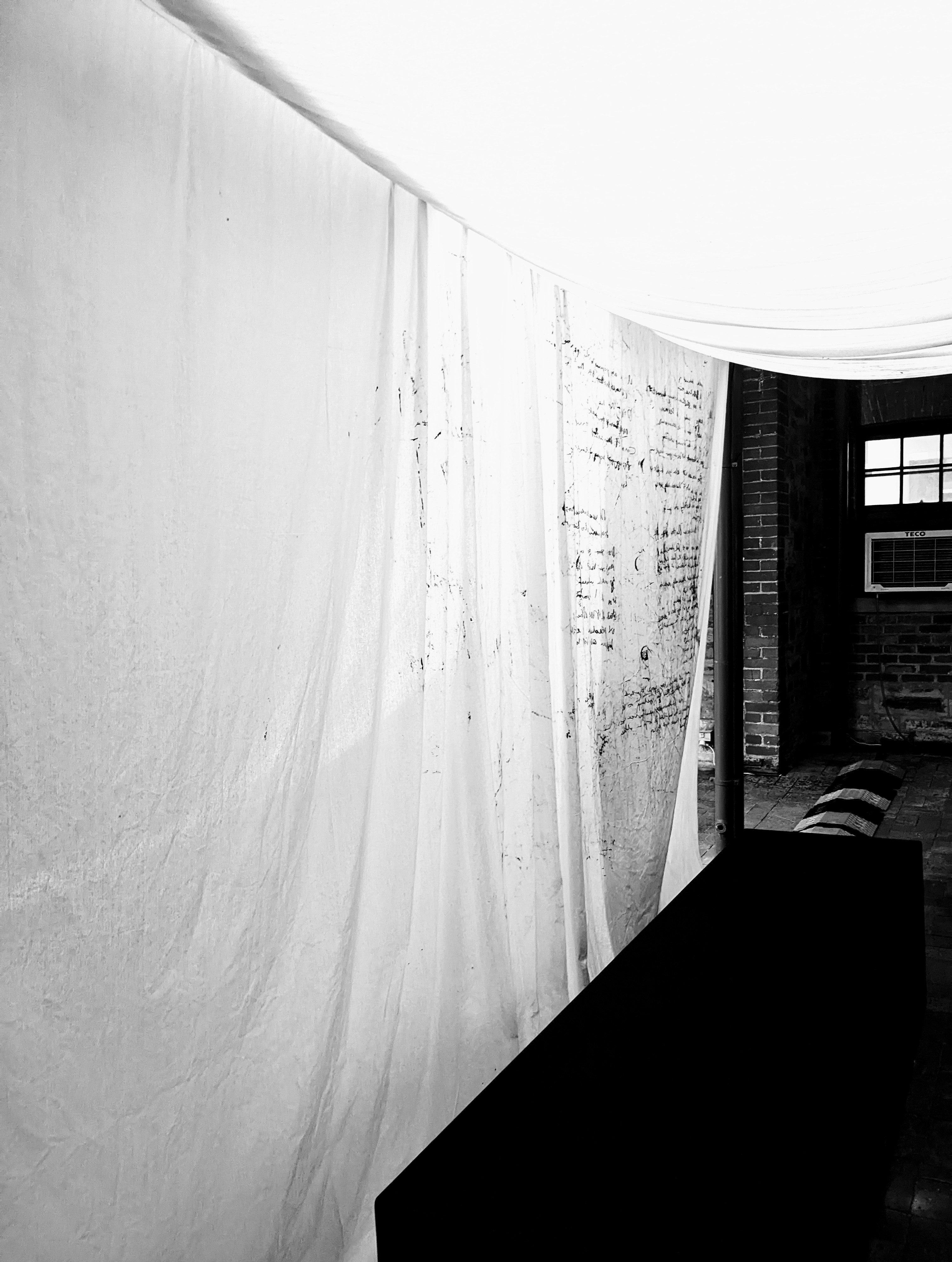the Kaurna womens art collective:
The land and river in Yartapuulti - Port Adelaide is Aunty Margaret Brodie’s country: her matriarchal lineage is directly connected to the place we both call home.
We started this project in 2022: from our first meeting onwards, Aunty Margaret felt strongly about the need to bring women together to create a space to heal and share story and believed the art project would provide a culturally safe space for this to happen. Over 2023, women connected to Port Adelaide came together as a collective, to work on a series of creative projects that celebrate their strength, culture and connection to the Port. Our first exhibition, Footprints, was shared in the 2023/24 Tarnanthi Festival.
In 2022-23, the collective was a collaboration between Kaurna Elder, Aunty Margaret Brodie, Aunty Tina Flanagan, Jennifer Eadie, Leona Brodie, Kath Butler, Bonny Brodie, Emma Scarce and Abbie Scarce.
From 2024, proud Kaurna/Ngarrindjeri/Mirning woman and mother, Bonny Brodie, will take on the role of leading the collective.

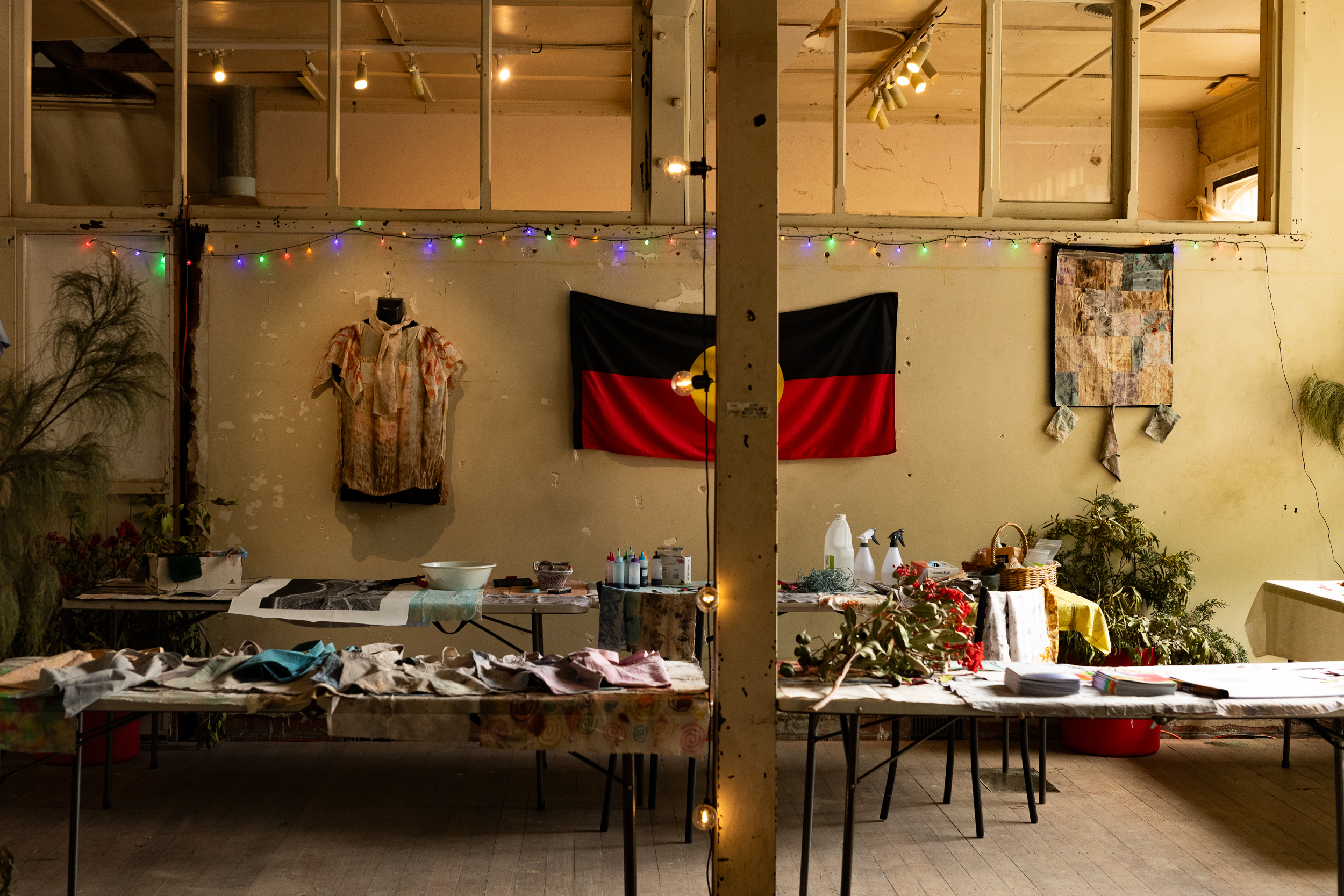


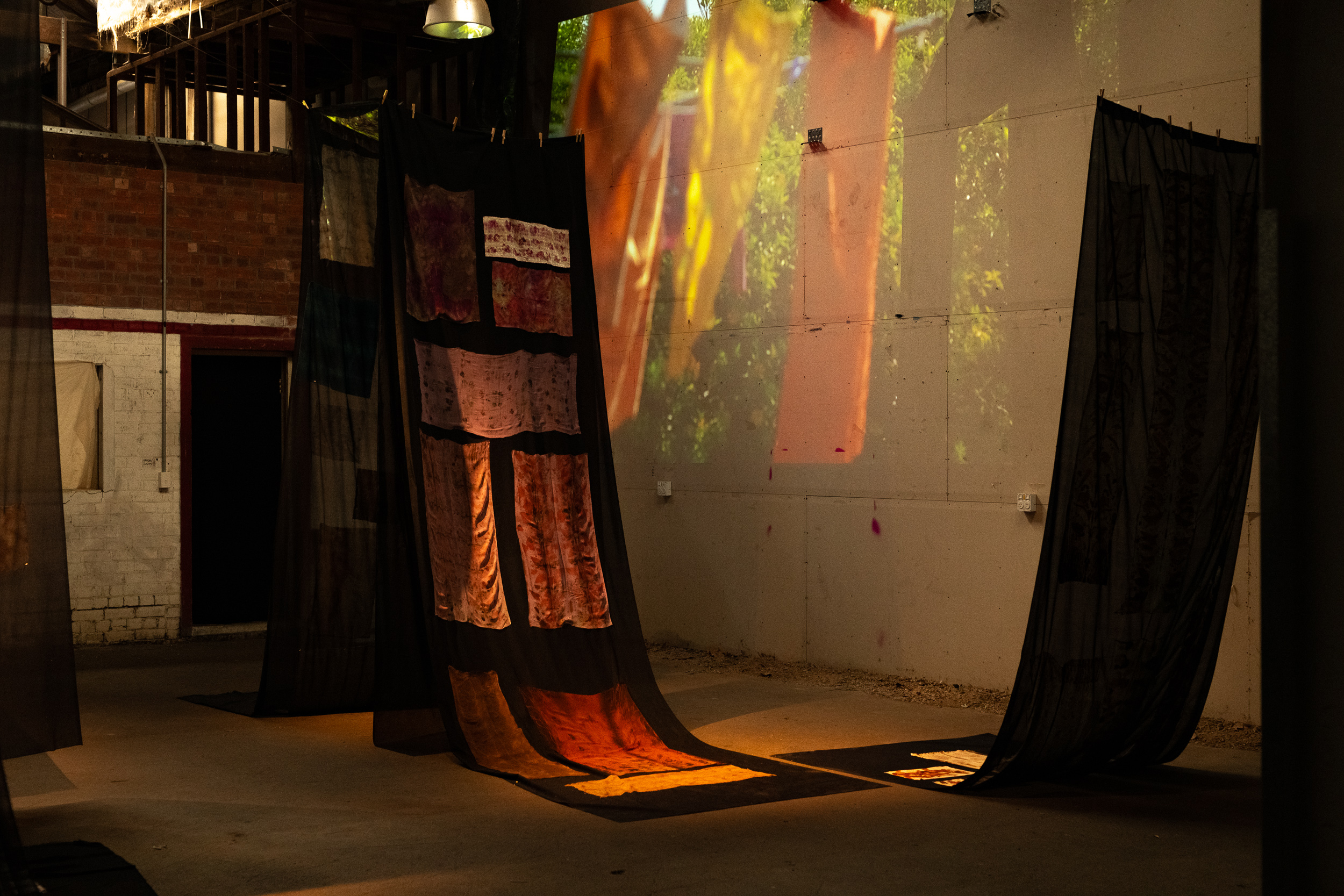
images:
photographic portrait of Leona Brodie, Tina Flanagan, Bonny Brodie, Margaret Brodie, Emma Scarce by Jennifer Eadie (2023)
photographic portrait of Leona Brodie, Emma and Abbie Scarce by Dave Laslaett (2023)
Taranathi exhibition - ‘Tinas Kitchen’ | hand-dyed textile installation by collective members (2023)
---
This project has involved many incredible people and organizations: Kim Mahood, Dave Laslett, City of Port Adelaide Placemaking Passive Reserves, Tarnanthi, Vitalstatistix, OSCA, PAAF, Folklore cafe, Arts SA, Creative Australia and Ripple Effect.
she – this waadlawarnka [fallen tree] – fell to the ground during winter storms earlier this year: it is not possible to know her exact age but there is consensus she was growing in this place pre- European invasion:
imagine how many bodies this ancestor tree has sheltered and in turn, how many songs have shaped her own gnarled body:
standing here: you realize the lines on her are not marks: they are canyons:
and all those scores are moving: you can feel that humming when you place your hand on her skin.
---
it has been said the city expels histories it does not want to face but here, the parklands surround the centre: the stories get caught: held and linger: there is push and pull between us:
and maybe this is why: even as they worked [and still work] to re-shape this landscape, her fall was sovereign:
she chose when and how: despite
all that clearing and burning directed at cutting the energy of this country.
---
what did those men of the colony feel as they swayed and sweated:
cutting down this forest and walking away from those fire they lit
and the thing is, she would have witnessed all of it:
all these hundreds of years: how much she has breathed in:
breathed out:
this dusty earth
underneath us that
once was red-black soil, filled with
yam daisy, yacca, red parrot pea, lilac, flax lily,
soft tussock mat-rush, pale fan-flower,
and tutha [grasses]: dense and holding.
and with all this in our hands: the question needs to become:
how do we enact another form of clearing: one
which carries intent to respect rather than an intent
to conquer:
---
we need to slow down and focus our attention on listening:
how did all those lines form on you:
what is being exchanged in this yarning between us: none of this can be put into words:
this place where we are standing is
becoming
simultaneous contact zone
and space of mourning:
and mourning is no walk over.
it requires you give over:
every part of your body
must partake in it
to refuse this would be to frame her
story as lost:
witness/ tree is a durational, site-responsive body of work created with dance practitioner, Adrianne Semmens (Barkandji) as part of our on-going collaborative work that interrogates individual and collective relationship to place. We consider what it means to authentically bear witness to a waadlawarnka [fallen tree] whose age pre-dates the invasion of Kaurna country. In doing so, this work seeks to simultaneously disrupt and (re)connect with the histories and stories of Tuthangga (Park 17) Adelaide.
text - this push and pull between us - Jennifer Eadie (2023)
film excerpt - smoking ceremony - production by Dave Laslett, ceremony lead by Uncle Mickey Kumatpi O’Brien (2023)
film excerpt - acts of clearning - production by Dave Laslett & Jennifer Eadie, creative input by Jennifer Eadie & Adrianne Semmens, sound commission by Nancy Bates (2023)
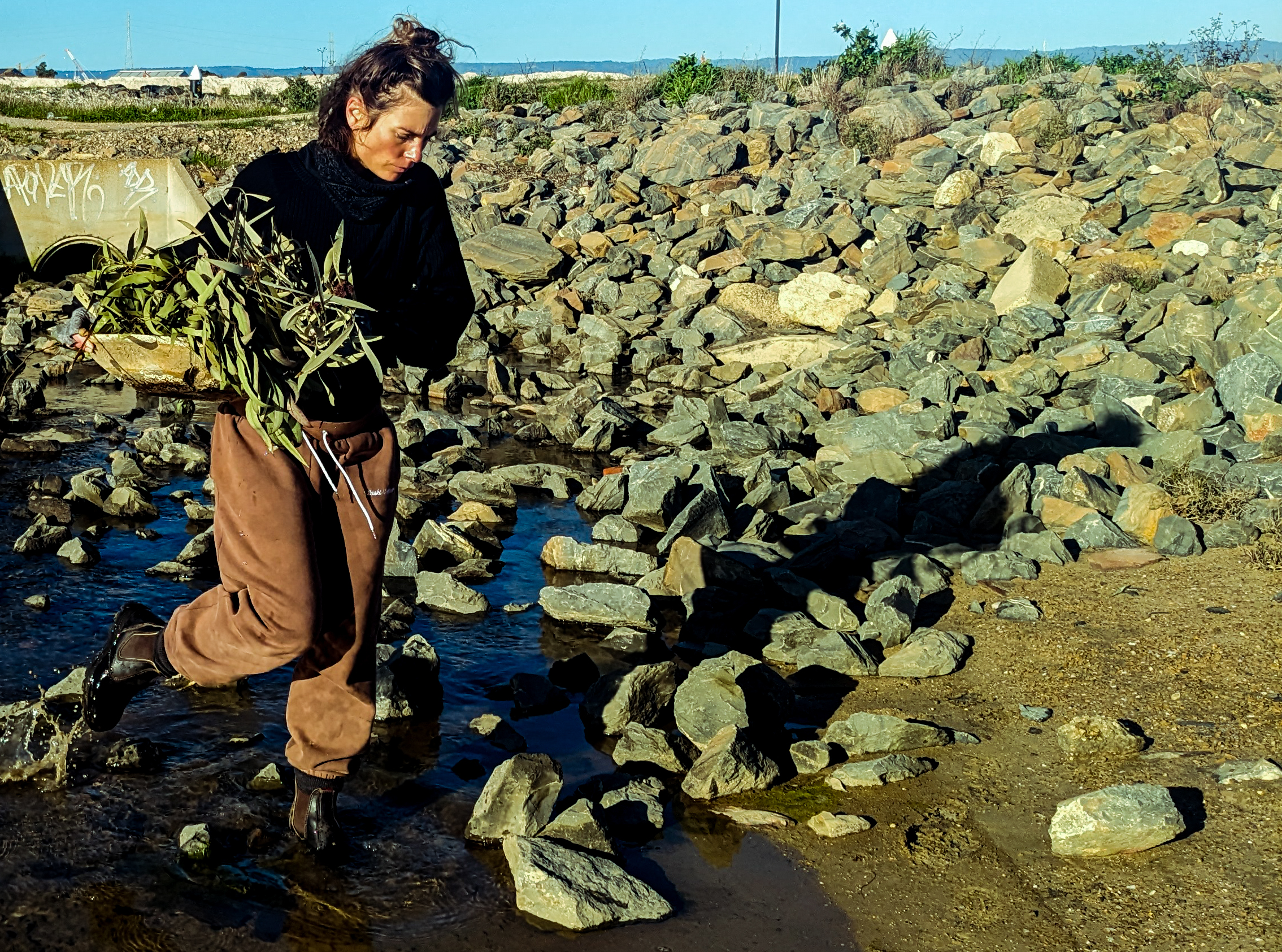
the water here does not hold mallee box, so we carry it (2023)
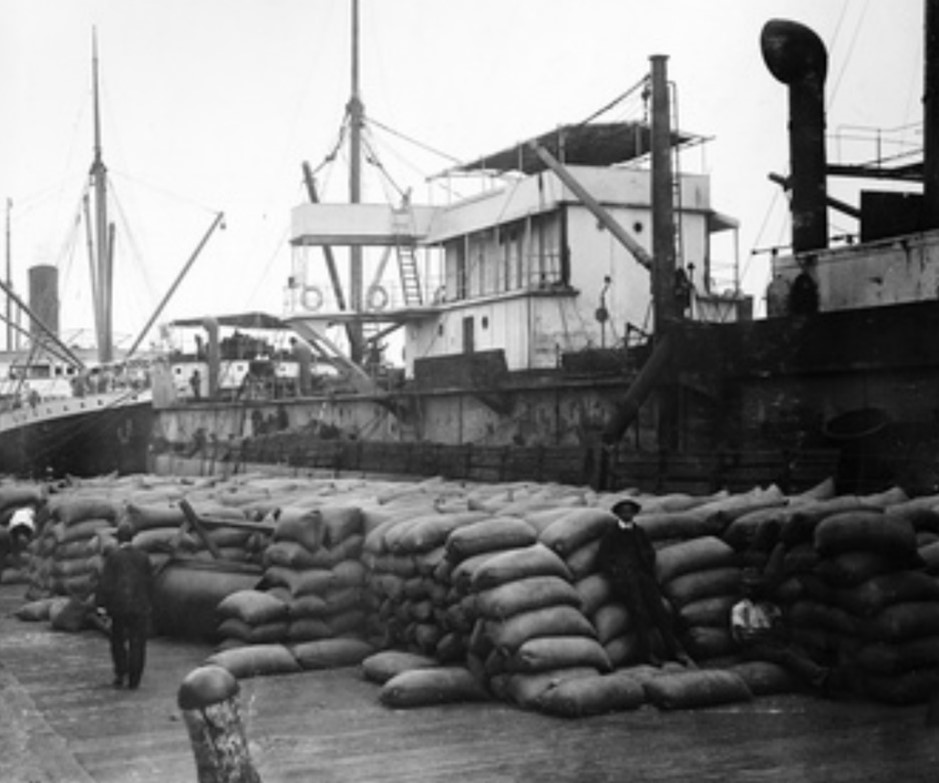

We have begun to pay attention to the river that shapes
the country where I live
stones and debris let the tide carry and wash over them
along
the shoreline dirty foam is stuck on mangrove root
my
feet stepping into/under water
I say to it:
I do not know you, so I am going to
attempt to follow
The second time, we are standing on cement, which is shoreline
breathing
in river air
you
ask:
which
way is south?
Before
that, we spoke about men in
steel
factories
and
how rivers hold all those ships and receive stained hands
that
are skilful but not gentle
breath
in again, this time the tide is going out:
What did our grandfathers think about all this?
These
questions are leading us into spaces
we are unable to hold
but
I am holding a stone when you ask
once again:
which
way is south?
